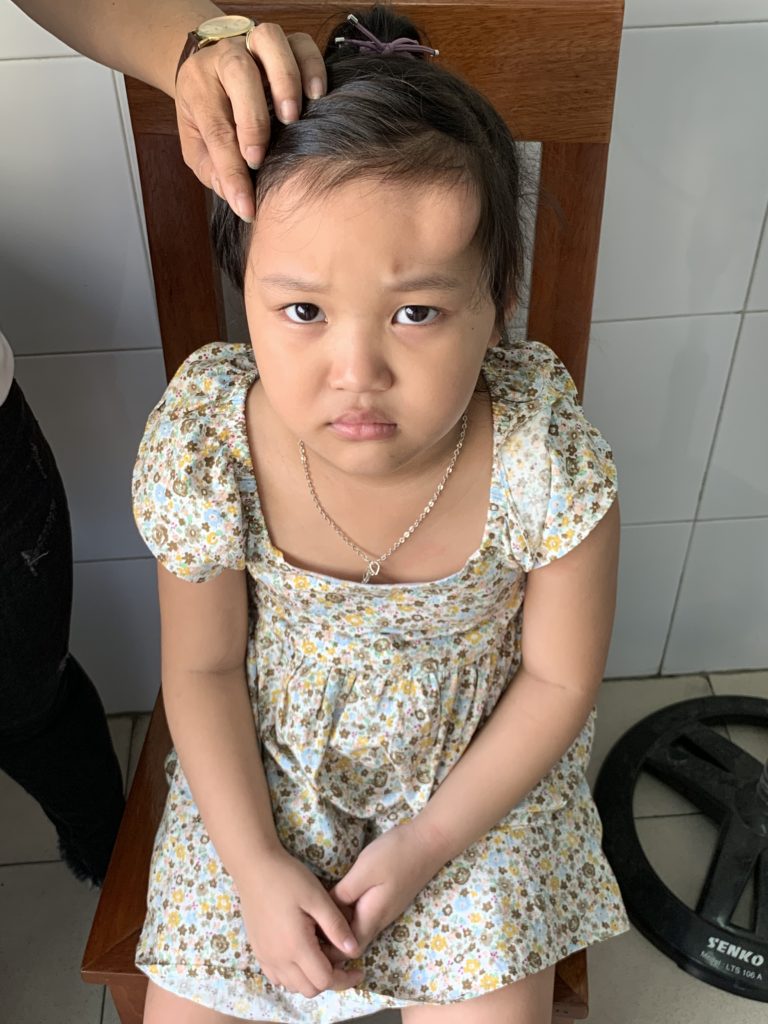Successful 3D Printing at FTW Center leads to International Publication
We are delighted that the culmination of a three year project led by Dr Robin Richards in the UK and Dr Nguyen Ngoc Bach from Da Nang General Hospital in Vietnam has resulted in an article published in the World Neurosurgery Journal for their work with 3D-printed Titanium Implants.

Doing More With Less
Cranioplasty Using Customized 3D-printed Titanium Implants: An International Collaboration Effort to Improve Neurosurgical Care
Bach Nguyen1 Omar Ashraf2 Robin Richards3 Hoanh Tra1 Trong Huynh1,2
https://www.sciencedirect.com/science/article
1Danang Hospital, Neurosurgery Department, Danang, Vietnam 2Rutgers Robert Wood Johnson Medical School, Department of Neurosurgery, New Jersey, USA 3Facing The World, UK
Abstract
Introduction
Evolutions in cranioplasty have allowed for the creation of customized implants via advances in 3D-printing technology, though the high cost associated with this technique presents a barrier for low-income countries. Because of an international collaboration, our team in Da Nang, Vietnam are able to develop low-cost, customized titanium implants for patients with skull defects. We discuss the details of our collaboration and present our experience with this procedure.
Methods
We conducted a retrospective review of 35 patients who underwent cranioplasty using custom-made titanium implants. The molding and implant making process were carried out by our neurosurgeons using a 3D printer, which was donated from the UK-based NGO Facing the World. We obtained demographic and preoperative data (reason for skull defect, location, surface area measurement of defect) and postoperative data (complications, cosmetic outcome, and patient satisfaction).
Results
The median patient age was 27 (range 16-60). Primary indications for craniectomy included traumatic brain injury from motor vehicle accident (77.1%), cerebrovascular disease (11.4%), implant failure following previous cranioplasty (5.7%), and fall (5.7%). Postoperatively, all implants were determined to have excellent fit; at 6-month follow-up, none of the implants required removal. Complications included 4 postoperative hematomas and 1 surgical site infection. All the patients had improved aesthetic appearance and high satisfaction.
Conclusion
Cranioplasty using customized titanium implants yields excellent results for patients with skull defects, demonstrating the practicality of this technique for cranioplasty in low-income countries. Our experience highlights the importance of ongoing international collaboration to improve neurosurgical care in these countries.
